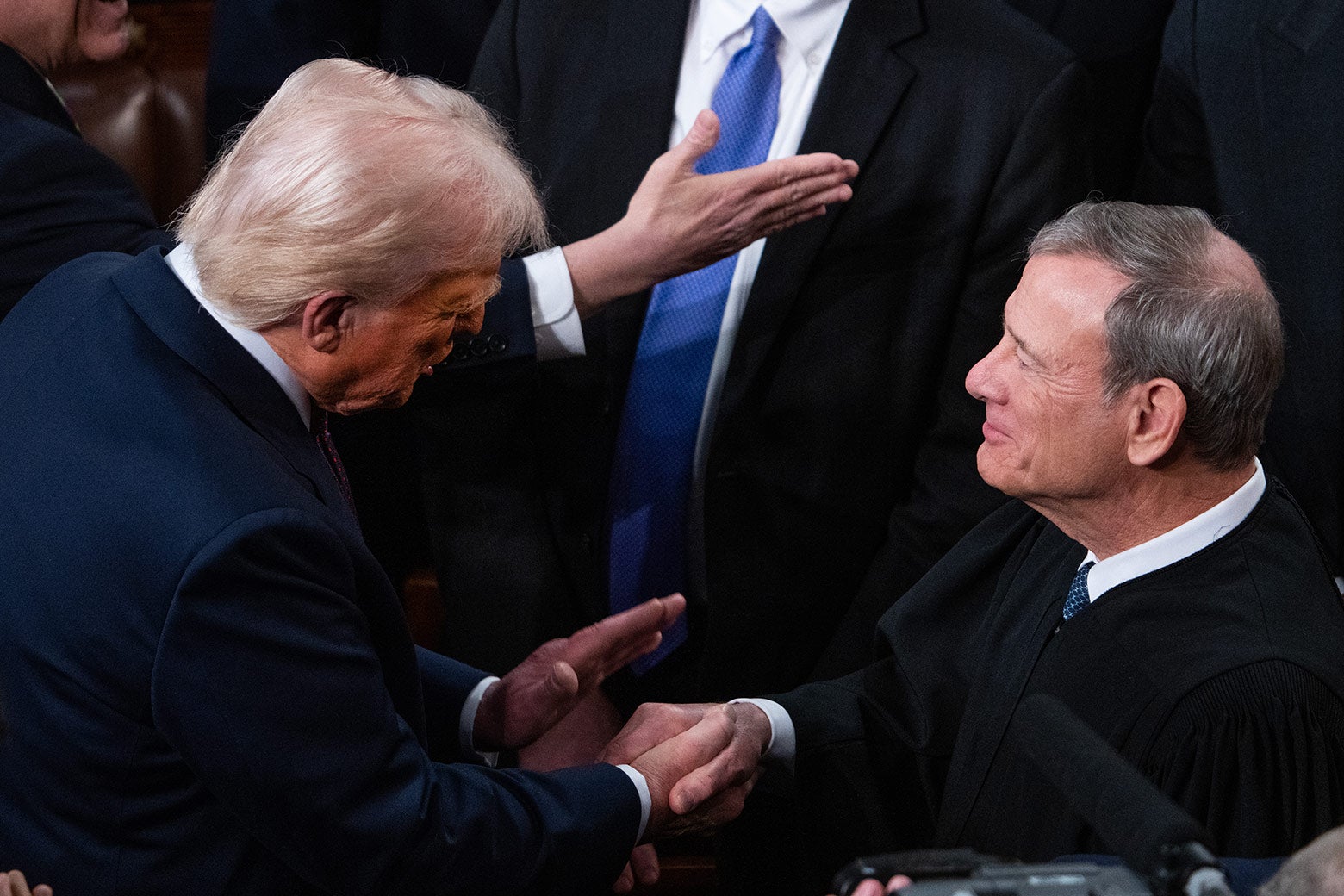
"The Supreme Court declared President Truman's executive order illegal, asserting that the power to seize property to stop a labor strike was reserved for Congress alone."
"Judges recognize the difficulty of balancing the defense of the Constitution while maintaining the independence of the courts amidst pressures and threats from other government branches."
"In Russia, President Yeltsin surrounded the Constitutional Court with tanks, illustrating the peril courts face when they challenge executive authority."
"The early decision in Marbury v. Madison highlighted the Court's reluctance to directly confront a popular president, even as it asserted its power to invalidate laws."
In 1952, President Harry S. Truman's executive order to seize steel mills was declared illegal by the Supreme Court, reinforcing that only Congress has power to seize property to halt labor strikes. The tensions between government power and constitutional law highlight the judiciary's role in standing against governmental overreach. The Russian Constitutional Court faced severe fallout when confronting President Yeltsin's authority. Marbury v. Madison illustrated the judiciary's cautious stance in the face of popular executive power, underlining the challenges courts face in maintaining constitutional order while preserving their independence.
Read at Slate Magazine
Unable to calculate read time
Collection
[
|
...
]